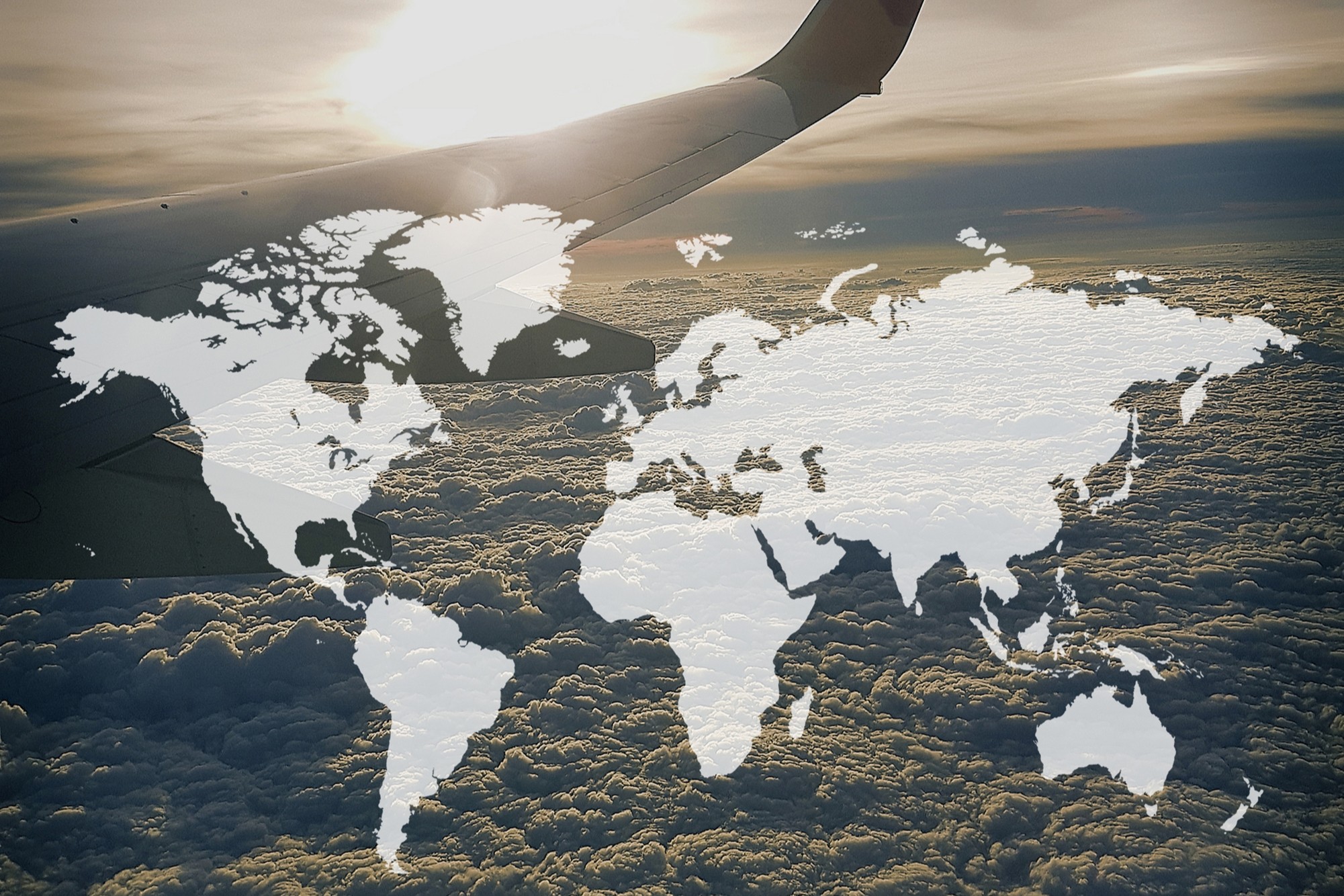The skies are changing. And not just due to weather patterns. In recent years, the aviation industry has taken flight on a new mission: sustainability. Once known for its heavy carbon footprint, air travel is now making notable strides toward a greener future. From biofuels to zero-waste initiatives, airlines are adopting innovative solutions that prioritize the planet without compromising performance or passenger comfort.
In this blog, we explore the key sustainable practices airlines are embracing, and what it means for the future of travel.
1. Fueling Change: The Rise of Sustainable Aviation Fuel (SAF)
One of the most impactful changes in aviation is the development and use of Sustainable Aviation Fuel. Made from renewable resources like algae, cooking oil, and agricultural waste, SAF can reduce greenhouse gas emissions by up to 80% over its lifecycle compared to traditional jet fuel. Major carriers like United Airlines, Lufthansa, and KLM are already integrating SAF into their operations, often partnering with energy companies to expand production.
2. Carbon Offsetting and Climate Commitments
Many airlines now offer travelers the option to offset their carbon emissions during booking. But beyond consumer-driven offsets, companies are setting internal climate targets. British Airways, Delta, and Air France have pledged net-zero emissions by 2050, investing in carbon capture, reforestation, and technology that reduces in-flight emissions.
3. Fleet Modernization for Fuel Efficiency
Older aircraft models are being phased out in favor of newer, lighter, and more fuel-efficient planes. Boeing’s 787 Dreamliner and the Airbus A350, for example, use composite materials that reduce weight and improve fuel economy. Upgraded engines and wing designs also contribute to a cleaner, quieter ride.
4. Smarter Ground Operations
Sustainability doesn’t stop at 30,000 feet. Airports and airlines are rethinking ground operations, from using electric pushback tugs and ground power units to eliminating single-use plastics in lounges and on board. Delta Airlines, for instance, has replaced plastic cutlery with bamboo and reduced in-flight waste through smart catering practices.
5. Digital Innovation and Route Optimization
AI and big data are playing a role in creating greener skies. Airlines are now using advanced software to optimize flight paths and reduce fuel burn. Shorter taxi times, smarter scheduling, and direct routing all contribute to lower emissions and smoother operations.
What This Means for Travelers
As airlines invest in sustainability, travelers can expect more transparency around emissions, opportunities to fly greener, and improved experiences that don’t come at the environment’s expense. Choosing airlines that prioritize eco-conscious policies isn’t just a trend, it’s a way for passengers to be part of the solution.
Looking Ahead - The Journey Is Just Beginning
The road to a fully sustainable aviation industry is long, but the green mile has officially begun. Through innovation, collaboration, and commitment, the skies of tomorrow may be as clean as they are connected.
Whether you're a frequent flyer or planning your first trip in years, keep an eye on how your chosen airline is taking steps to reduce its footprint. Because the future of travel depends not just on where we go, but how we get there.



.jpg)
